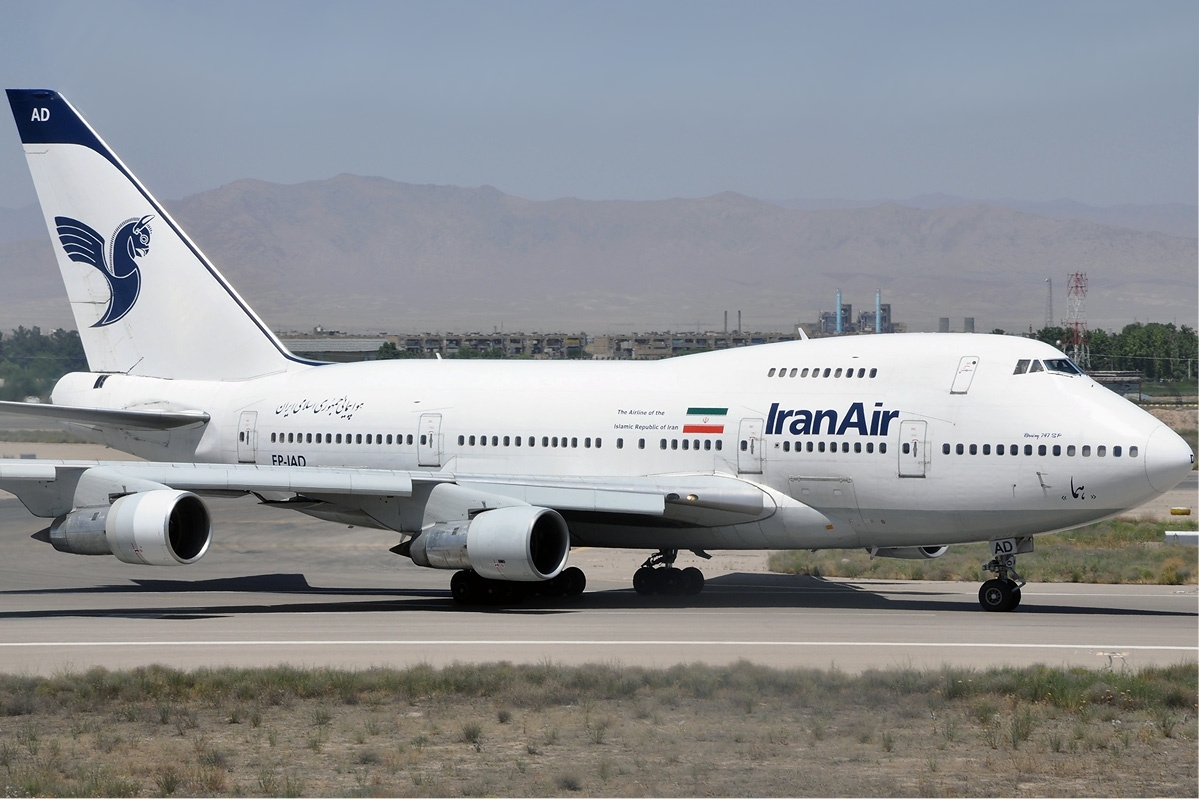Abandoned farmlands are gradually becoming major sources of dust storms in the oil-rich Khuzestan Province, deputy governor general of the province said.
Speaking at the inauguration of the First Crisis Management, Environment and Clean Industries Expo (Oct. 11-14) on Sunday in the provincial capital Ahvaz, Ahmad Siahi added that a large portion of Khuzestan’s 450,000 rural residents have been forced to migrate to metropolises such as Ahvaz and Abadan due to water shortage, IRNA reported.
“Lack of water has made farming impossible, leaving agriculture-based communities to abandon their lands and homes in search of other jobs in larger cities,” he said.
Siahi pointed to the province’s large oil reserves and its status as the top oil producer in Iran.
“But we also rank first in environmental problems, yet unlike other provinces, our environmental issues are only occasionally reported,” he said, hinting at the Iranian media’s reluctance to cover news that could hurt the oil industry.
The embattled Hoor al-Azim Wetland, which in its prime supported local communities and countless unique and rare species, has been turned into Khuzestan’s most significant source of dust storm, according to environmentalists.
The Department of Environment, along with numerous NGOs, blame outdated oil exploration and extraction methods for the wetland’s current state, which the Oil Ministry has categorically denied.
Driven by Climate Change
Iran’s huge struggle with water shortage—blamed on years of mismanagement, rapid urbanization and wasteful farming practices—is exacerbated by climate change.
According to a recent report entitled “Climate Change: A Risk Assessment”, an international team of scientists and policy analysts concluded that as global temperatures continue to rise, dwindling food supplies and water resources will not only drive mass migrations but also lead to conflict.
The report singles out Middle East and North Africa as the areas most at risk, since the world’s most water-stressed region is experiencing rapid population growth and a drying climate.
Noted British environmentalist Professor Norman Myers who specializes in environmental migration, argues that climate change could displace 200 million people by 2050.
According to Isa Kalantari, advisor to First Vice President Es’haq Jahangiri, prolonged drought and extreme water stress could also displace 50 million Iranians unless swift action is taken to curb the impacts.
“They will have to leave the country to survive,” he said recently. “Severity of the water shortage in Iran has not yet dawned on the general public.”


